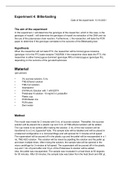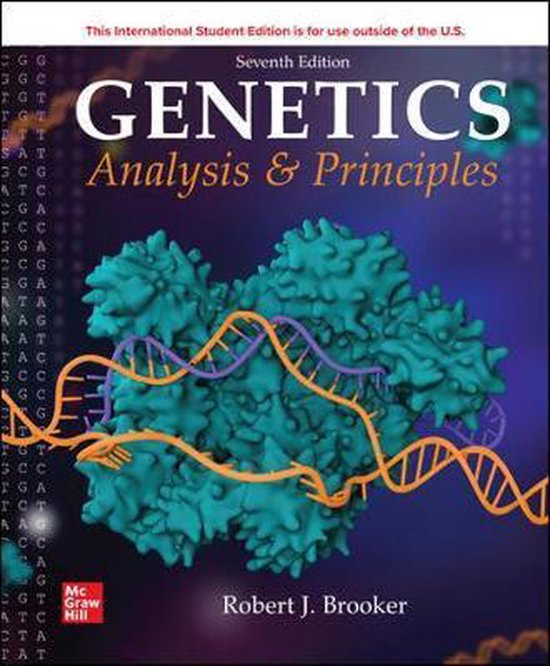Exam (elaborations)
Genetics Experiment 4, Bittertasting. Vrije universiteit Amsterdam VU, Bachelor Biomedical Sciences year 1 period 1.
- Course
- Institution
- Book
Experiment 4, Bittertasting Vrije universiteit Amsterdam VU. ( Where the mouth will be rinsed for 2 minutes with 5 mL of sucrose solution. ) Bachelor Biomedical sciences. course/ vak: Genetics. Year 1 Period 1.
[Show more]




